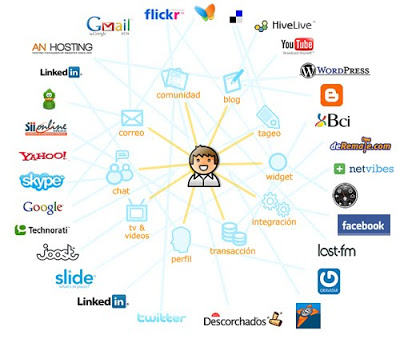What is media literacy?
According to The National Association for Media Literacy Education (NAMLE), media literacy is the ability to access, analyze, evaluate, create, and act using all forms of communication. Media includes traditional media (television, radio, newspapers) and digital media (social media, websites, podcasts). Literacy is the ability to read, understand and analyze messages.
Why is it important?
- It enables individuals to distinguish between reliable information and misinformation or fake news.
- It enables individuals to think critically when they evaluate media.
- It enables individuals to make informed decisions about the content they consume and share.
- It enables individuals to recognize the author’s opinions and goals.
Why should you aim for varied views but the factual consensus in your PLN?
Varied views promote open thinking from diverse perspectives. However, factual consensus ensures that the information is accurate and reliable, avoiding the spread of misinformation. Combining both makes the PLN more diversified and more comprehensive.
Open dialogues about media literacy and factual information can create conflict, why does this happen?
Individuals may not accept opposite points because of their beliefs or bias. They believe their factual information and refuse to change change their opinions about the topics. Also, individuals may judge subjectively based on their emotions and feelings.
What is the benefit of having a PLN that values media literacy?
- Information in PLN is accurate and reliable. Individuals consciously avoid the spread of misinformation.
- The abilities of critical thinking and problem-solving are enhanced.
- Diverse perspectives are encouraged, promoting open-mindedness. It enables individuals to keep studying and thinking.



Recent Comments